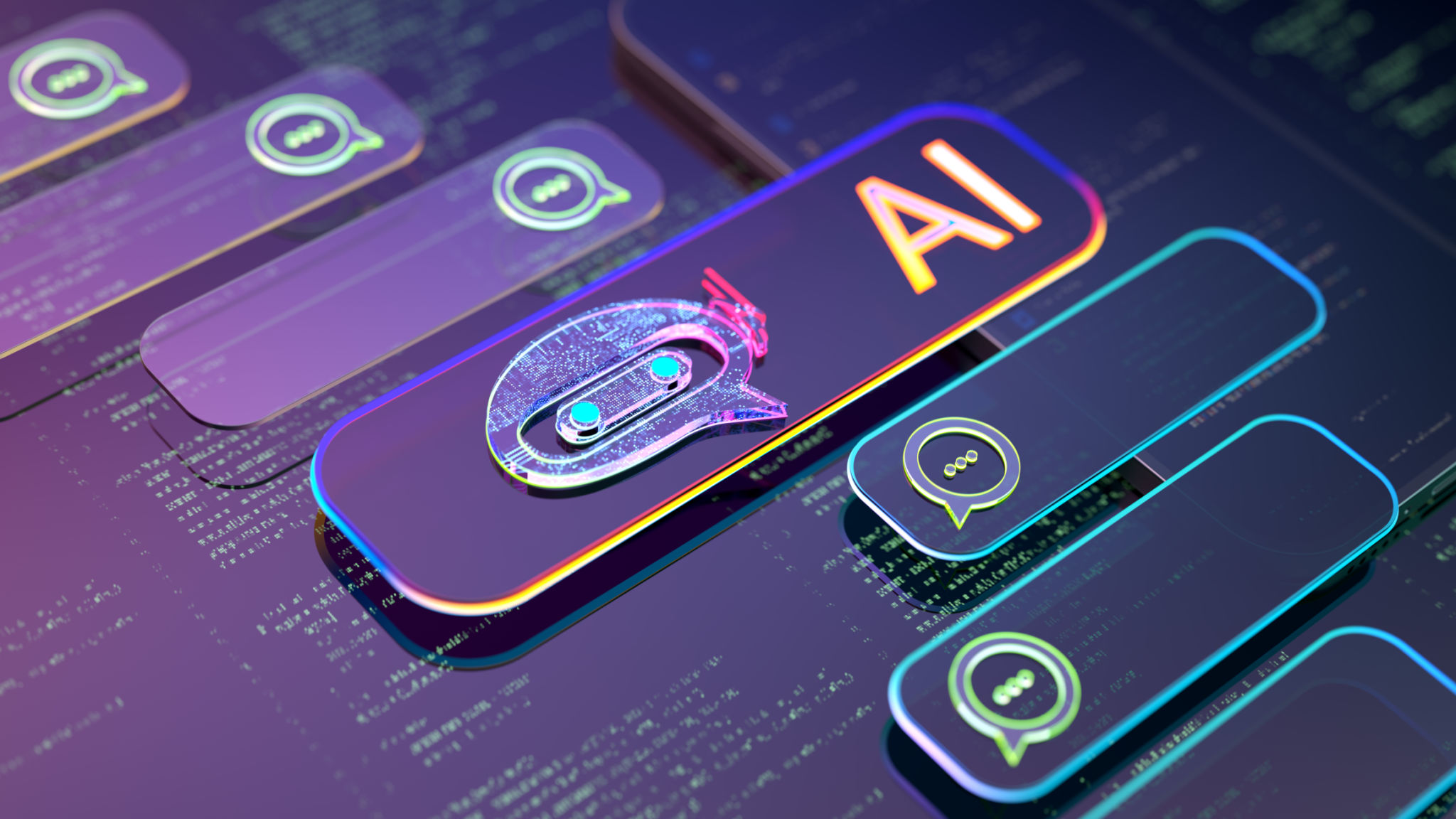AI Trends to Watch: Staying Ahead in the Technology Race
DW
In the fast-paced world of technology, staying ahead requires a keen eye on emerging trends, particularly in the realm of artificial intelligence (AI). As AI continues to evolve, businesses and tech enthusiasts alike are eager to understand which trends will shape the future. Let's explore some of the key AI trends to watch in the coming years.
AI Integration Across Industries
AI is no longer confined to tech giants and research labs. Its integration across various industries is accelerating. From healthcare to finance, AI is helping organizations enhance efficiency and deliver better customer experiences. Businesses are leveraging AI for everything from personalized marketing strategies to predictive maintenance in manufacturing.

Natural Language Processing (NLP) Advancements
Natural Language Processing is at the forefront of AI advancements. Enhanced NLP capabilities are transforming how machines understand and interact with human language. This has implications for customer service, where chatbots and virtual assistants are becoming more adept at understanding and responding to complex queries.
Chatbots and Virtual Assistants
The evolution of chatbots and virtual assistants is a testament to the progress in NLP. These AI-driven tools are not only improving in their ability to comprehend language nuances but also in delivering more human-like interactions. This trend is crucial for businesses aiming to provide seamless customer service experiences.

AI Ethics and Regulation
As AI systems become more influential, the ethical and regulatory landscape is gaining prominence. Concerns around privacy, bias, and transparency are driving discussions on how to responsibly deploy AI technologies. Companies are increasingly focusing on developing ethical AI frameworks to ensure their systems are fair and accountable.
Ensuring Transparency
Transparency in AI decision-making processes is critical. Stakeholders demand clarity on how AI algorithms arrive at specific outcomes. This trend emphasizes the need for explainable AI, where systems can provide understandable justifications for their decisions, fostering trust among users.

AI-Driven Automation
The automation capabilities of AI are transforming industries by reducing manual workload and increasing productivity. From robotic process automation in administrative tasks to autonomous vehicles in transportation, AI-driven automation is reshaping the workforce landscape.
The Future Workforce
As automation becomes more prevalent, the nature of work will inevitably change. There is a growing emphasis on reskilling employees to work alongside AI systems, ensuring they can leverage these technologies effectively rather than being displaced by them.

AI in Edge Computing
Edge computing is gaining traction as more devices require real-time processing capabilities. AI at the edge involves deploying machine learning models directly on devices, allowing for faster decision-making without relying on cloud-based solutions. This trend is particularly relevant for IoT applications where latency and bandwidth are concerns.
In conclusion, staying ahead in the technology race means keeping a close eye on these evolving AI trends. By understanding and adapting to these changes, businesses can harness the power of AI to drive innovation and maintain a competitive edge.